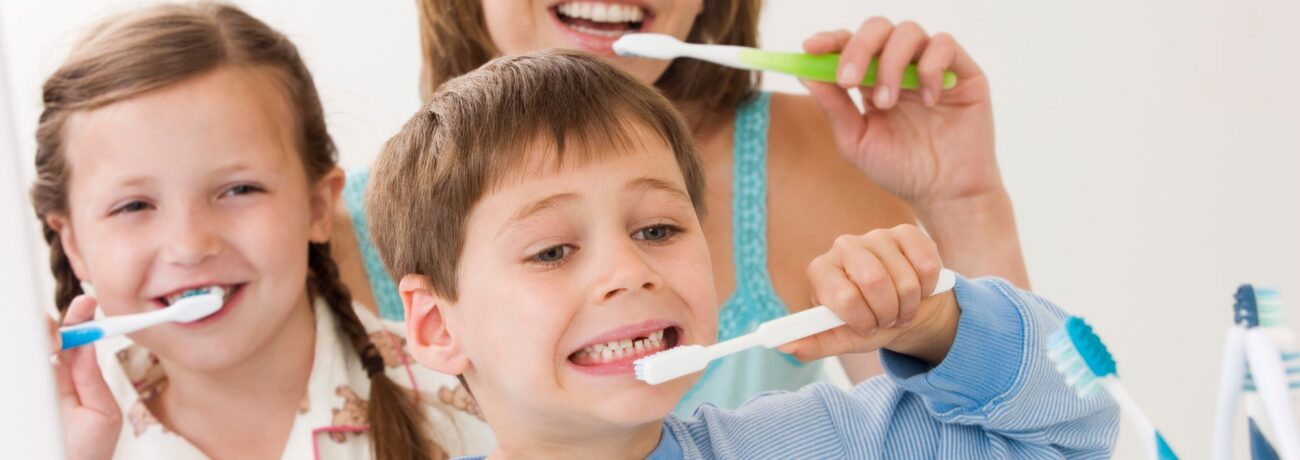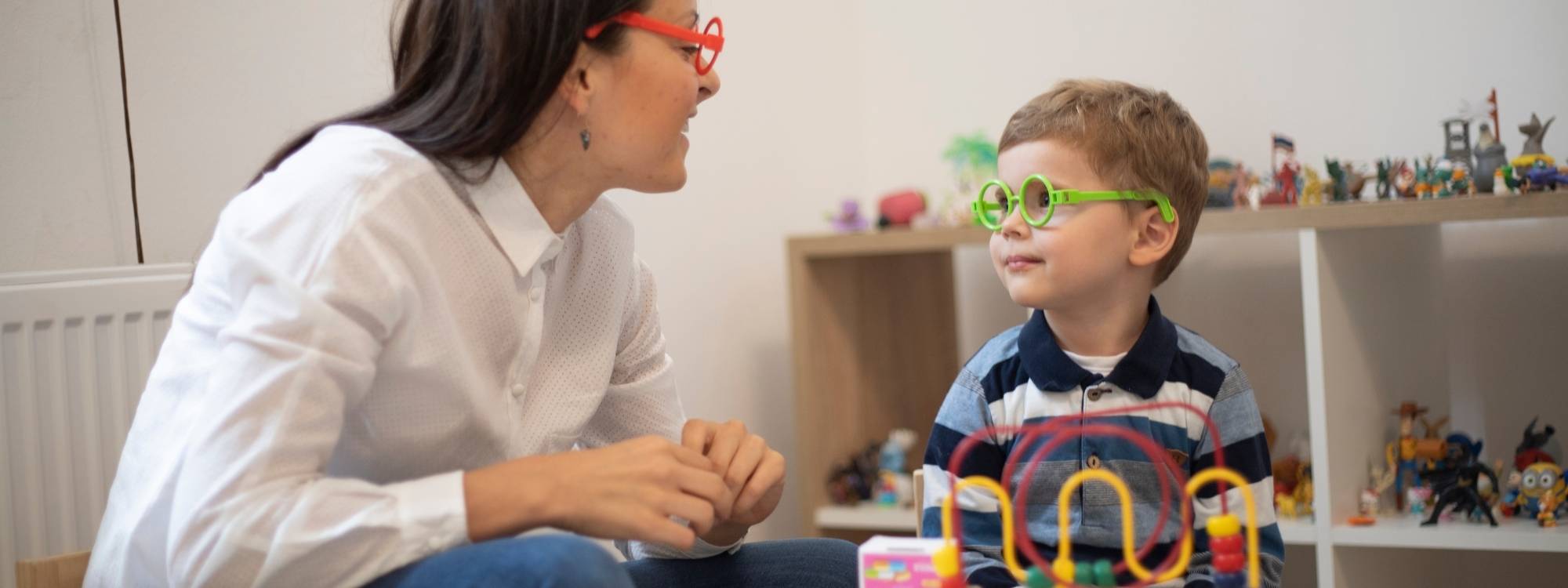Effective Strategies for Teeth Brushing and Autism Challenges
Oral health is a vital part of a child’s overall well-being, especially for children diagnosed with autism, but for many autistic children, daily hygiene routines like brushing their teeth can present serious challenges. Teeth brushing and autism often overlap with sensory sensitivities, communication difficulties, and struggles with change, making oral care more complex for both children and their caregivers.
What seems like a simple daily task can become overwhelming due to the taste of toothpaste, the pressure of bristles, or the noise of an electric toothbrush. Without a consistent and supported routine, poor oral hygiene can lead to plaque buildup, gum disease, and dental pain. By recognizing the unique needs around teeth brushing and autism, parents can apply personalized strategies that reduce anxiety and help their kids build lifelong oral care habits with confidence.
Understanding Autism and Brushing Challenges
Many autistic children experience heightened sensory input, which means everyday experiences can be felt more intensely. In the context of toothbrushing, this heightened awareness can make even the brief contact of a toothbrush against the child’s mouth or gums feel uncomfortable or overwhelming. Some children may gag from the taste or smell of toothpaste, while others might find the vibration of an electric toothbrush intolerable.
In addition to sensory issues, many children with autism also face difficulty with motor coordination or understanding multi-step processes. The routine of brushing each quadrant of the mouth, spitting out toothpaste, and rinsing may need to be broken down into simpler, visual steps. Visual schedules and social stories can be particularly helpful here.
Occupational therapy often plays a significant role in helping families teach self-care skills like brushing. Therapists can assess the child’s specific challenges and create a plan that includes gradual exposure, adaptive tools, and positive reinforcement to help reduce resistance.
Choosing the Right Tools for Brushing
Selecting the right toothbrush and right toothpaste can make a significant difference in comfort and effectiveness for autistic children. Sensory preferences vary widely, so offering choices helps build autonomy and increase cooperation.
When choosing tools, consider:
- Toothbrushes: Many autistic children prefer soft-bristled brushes, while others may find electric toothbrushes more effective and engaging due to their vibration. A compact head may also reduce gagging.
- Toothpaste: Some children react strongly to strong flavors or foaming agents. Non-mint, low-foam, or unflavored options may be better tolerated.
- Accessories: Consider adding a child-friendly timer or toothbrush with lights/music to encourage brushing for a full two minutes.
Letting the child choose their preferred brush or toothpaste promotes a sense of control and may help reduce refusal or avoidance behaviors.
Creating a Comfortable Brushing Environment
The environment in which brushing takes place matters as much as the tools used, as it can impact the child’s daily living activities. Many children on the autism spectrum feel more secure and cooperative in spaces that are predictable, quiet, and visually calm.
To create a supportive brushing routine:
- Choose a consistent location: Brushing in the same bathroom with minimal distractions provides familiarity.
- Establish routine: Use a visual schedule or first-then chart to help the child anticipate what’s coming.
- Reduce sensory triggers: Dimming lights or brushing without harsh bathroom fan noises may ease discomfort.
Praise and rewards can reinforce success. Some parents use sticker charts or small rewards to gradually build up brushing tolerance. Even allowing the child to watch a short video only during brushing time can help reinforce oral health habits and turn it into a more positive experience.
Teaching Brushing Techniques to Children with Autism
Teaching autistic children how to brush their teeth effectively requires both patience and customization. For many, understanding the “why” behind brushing isn’t enough; they need consistent practice, repetition, and clearly defined steps.
Start by breaking the process down into manageable parts:
- Show the child the toothbrush and explain what it does.
- Demonstrate brushing on yourself or a doll.
- Let the child practice on a model or with your help.
- Use a mirror so they can see their mouth.
- Focus on one section of the mouth at a time.
It may help to start with just 5–10 seconds of brushing, gradually increasing the time each week. Always praise effort, not just completion. Reinforcement builds confidence and sets the foundation for long-term success.
Overcoming Sensory Challenges with Brushing
Many children with autism react negatively to toothbrushing because it triggers sensory overload. This may be due to taste, smell, pressure on the gums, or even the temperature of water.
To reduce sensory overwhelm:
- Desensitize gradually: Begin by letting the child touch the brush or toothpaste before using it.
- Try dry brushing: Some children tolerate brushing better without toothpaste initially.
- Use sensory-friendly products: Explore silicone bristles, flavor-free toothpaste, or gum massage tools.
- Offer control: Allowing the child to brush their teeth or direct their process can reduce anxiety.
Experimenting with different textures and temperatures (such as warm vs. cold water) can help discover the most tolerable combination. The key is to go slow and adjust the plan based on the child’s sensory feedback.
Visiting the Dentist with a Child with Autism
Dental visits can be especially difficult for autistic children. The unfamiliar sounds, bright lights, and social demands of a dental office can trigger anxiety or sensory overload.
To make the experience smoother:
- Use social stories: Prepare your child in advance with a visual narrative of what to expect.
- Schedule wisely: Choose a quiet time of day and notify the dentist in advance about your child’s needs.
- Bring comfort items: Headphones, sunglasses, or a favorite toy can help soothe during appointments.
- Practice at home: Role-playing or watching videos of dental visits can help desensitize the experience.
Choosing a dentist experienced with autistic patients is essential. They can offer a flexible approach and accommodate sensory sensitivities with dimmed lights, slower pacing, and gentle explanations.
Reinforce Positive Behavior with Brushing
Consistency and positive reinforcement are key to helping autistic children form lasting oral care habits. Rather than focusing on what isn’t working, praise and reward what your child does well.
Effective reinforcement strategies include:
- Verbal praise: Acknowledge effort with affirmations like, “Great job brushing your back teeth!”
- Small rewards: Use tokens, stickers, or privileges to celebrate brushing milestones.
- Choice and ownership: Let the child pick their brush or track their progress on a visual chart.
Using visual reinforcement tools, such as brushing calendars or apps, can also help keep children motivated and engaged. The goal is to make brushing a routine task, not a battle.
Maintaining Good Habits for Oral Health
Establishing and maintaining a brushing routine can help prevent poor oral health and encourage independence. Many children on the autism spectrum benefit from predictability, so building brushing into their morning and nighttime routines creates consistency.
Here are ways to help your child stay on track:
- Stick to a schedule: Brush at the same time each day.
- Supervise as needed: Even older children may need reminders or check-ins.
- Monitor progress: Keep track of dental visits and cavity risks.
Adjust the approach as the child grows. Some children may be able to brush independently with supervision, while others continue to need support and encouragement. Staying flexible and responsive is essential.
Tips for Parents and Caregivers of Children with Autism
Helping an autistic child with oral care isn’t always easy, but you’re not alone. Parents and caregivers play a critical role in creating a calm, structured experience that supports success.
Practical tips include:
- Be patient: Progress may be slow, but consistency works.
- Stay flexible: If one method fails, try another.
- Seek expert input: Occupational therapists and dental professionals can offer individualized guidance.
- Celebrate small wins: A few seconds of brushing today can grow into a full routine over time.
Joining parent support groups or reading firsthand experiences can also offer encouragement. Every child’s path is different, and learning from others can ease the pressure.
Common Mistakes to Avoid with Brushing Teeth
Some well-meaning habits can unintentionally make brushing harder for autistic children. Being aware of these pitfalls can help you better support your child.
Avoid:
- Using strong-flavored toothpaste without testing first
- Brushing too hard or too fast can trigger resistance
- Skipping routine, even if brushing was difficult the day before
- Expecting immediate independence without modeling or support
Adapting your expectations and strategy is not a failure; it’s how you meet your child where they are.
The Importance of Brushing for Children
Good oral hygiene is essential to physical health, confidence, independence, and overall oral health. For children with autism, brushing is more than a health task; it’s a chance to build routine, communication, and self-care skills.
Establishing these habits early on can:
- Reduce dental problems
- Promote long-term independence
- Support broader life skills development
When brushing is made approachable and tailored to the child’s needs, it becomes a pathway to confidence and better health.
Conclusion
Brushing teeth may be a challenging task for many autistic children, but with patience, personalized strategies, and the right tools, it can become a manageable and even empowering part of daily life. By understanding your child’s unique sensory and behavioral needs, you can create an oral care routine that supports their comfort, independence, and ability to brush their teeth independently for long-term health.
Struggling to help your autistic child build better brushing habits? At Champions ABA, we understand that teeth brushing and autism can present daily challenges, but you don’t have to face them alone. Our team provides personalized in-home ABA therapy and parent coaching designed to support routines like oral care through patience, structure, and positive reinforcement. Call (877) 242-1744 or visit our website to learn how we can help your child feel more confident, calm, and independent in everyday self-care.
FAQs
Do people with autism struggle with brushing their teeth?
Yes, many people with autism struggle with brushing due to sensory sensitivities, motor planning challenges, or discomfort with routine changes. Toothbrushing can feel overwhelming due to the sensations in the mouth, the taste of toothpaste, or even the sound of brushing. Supportive strategies tailored for toothbrushing children can help build tolerance and independence.
Can brushing your teeth be a sensory issue?
Absolutely. Brushing teeth can be a significant sensory issue for autistic individuals. The texture of the toothbrush, the flavor or foam of toothpaste, and the sensation on the gums can all cause distress. Using sensory-friendly products and gradual desensitization can make brushing more tolerable.
How do you brush an autistic child’s teeth?
Start with short, structured steps and build a predictable routine. Use visual aids, demonstrate the process, and offer choices in toothbrush and toothpaste. Reinforce effort with praise or rewards, and adjust your approach based on the child’s sensory preferences and comfort level.
What is the alternative to brushing teeth for autism?
While brushing is ideal, some alternatives include using mouth wipes, gum massagers, or rinses in cases of severe sensitivity. These should be considered temporary solutions and ideally paired with a gradual plan to work toward full brushing that also addresses the chewing surfaces of the mouth. Dental professionals can help tailor alternatives to each child’s needs.



